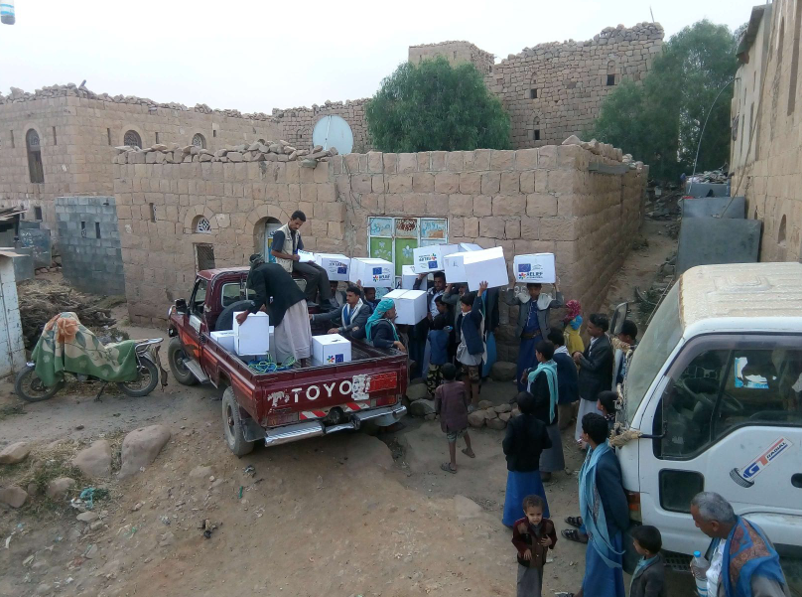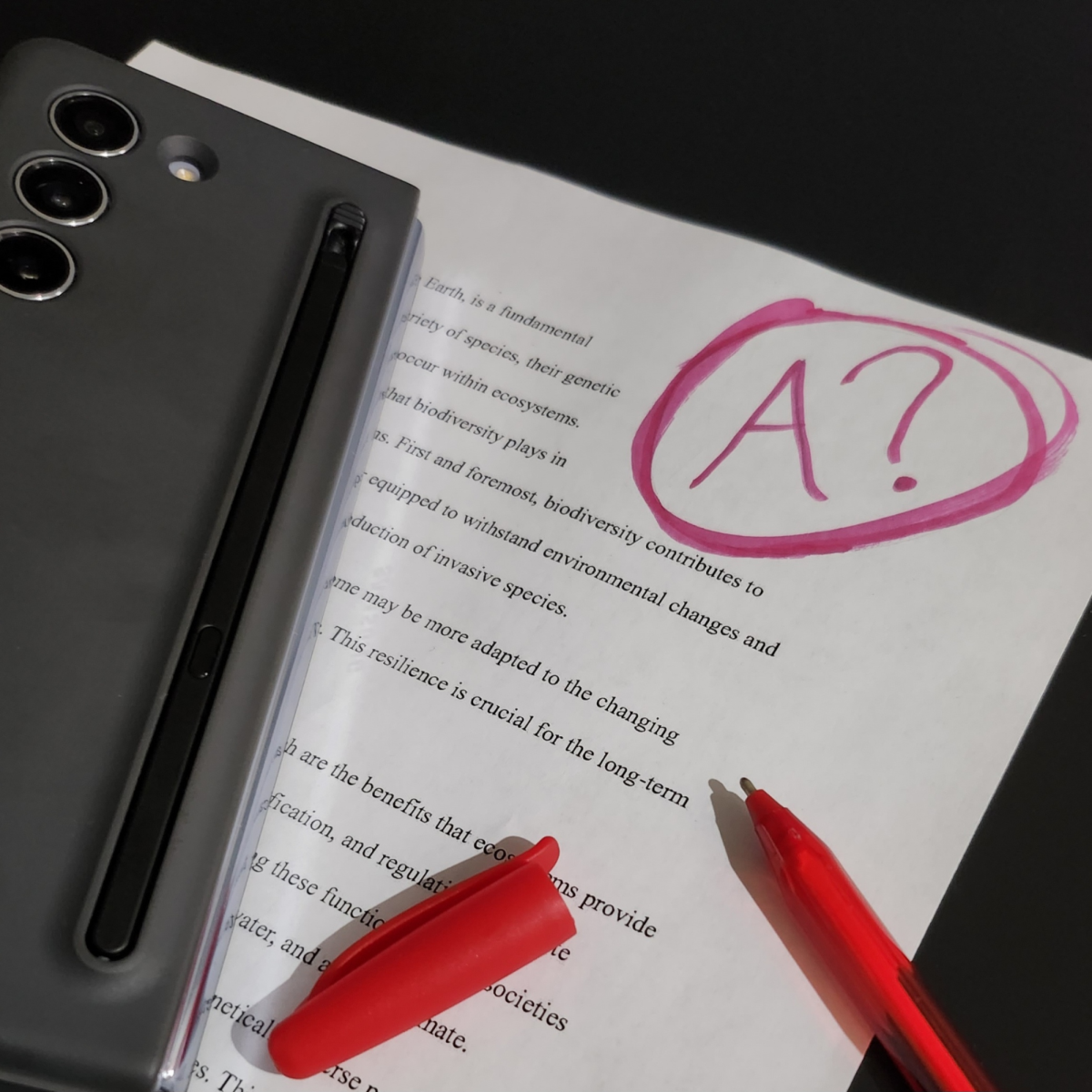Our world is dominated by rechargeable batteries. From charging our iPhones and Samsungs, to powering the next generation of Tesla vehicles, it’s no wonder why rechargeable batteries are in such high demand. As humanity begins the shift toward a cleaner and more ecologically sustainable society, we have to consider the renewability of our rechargeable batteries.
This generation is at the forefront of technology, as such, it’s really no surprise that by 2050 there will be over one hundred billion interconnected devices around the world, each packed with their own little energy box. For context, in the roughly 75,000 years that humans have been around, there have only been 109 billion people who have lived and died. In the next thirty years we’re set to hit that number in smart devices alone. Suffice it to say we’re going to need a ton of batteries, but therein lies the rub.
The Battery Problem
The production, disposal, and sustainability of cobalt based rechargeable batteries has been raising red flags in the scientific community since the turn of the century. Virtually every battery operates through an electrochemical process that uses reduction and oxidation. Reduction is the process of an element gaining electrons, while oxidation is the process of an element losing electrons. Battery manufacturers use specific elements that gain and lose electrons to generate a current of electricity. That’s all a battery is. Now, typically manufacturers use electron losing elements like zinc, graphite, or platinum for the anode or negative terminal, but the positive cathode terminal is a different story.
Cobalt is an essential cathode material in the manufacturing and production of rechargeable energy cells; it’s used because of its superior ability to dissipate heat generated from batteries, which degrade their overall lifespan. The only problem is that it’s crazy expensive, often costing upwards of $34,000 per metric ton. One of the major issues with rechargeable batteries is that manufacturers often don’t include externalities in their price. If they were included, consumers would be paying double or triple the typical price for new batteries. That would be fine if it weren’t for the fact that the average person isn’t swimming in literal pools of gold like Scrooge McDuck. These low battery prices often promote extreme consumerism and wastefulness.
As humanity demands more cobalt, we will have to turn to increasingly unconventional methods of extraction. A vast majority of the world’s cobalt reserves lie within the Congolese borders, and a vast majority of that cobalt isn’t ethically mined. Despite cobalt’s perceived positives regarding it’s battery efficiency and thermal insulation, you have to consider the uptick in human rights violations so severe many would call it modern slavery.
The Humanitarian Crisis in the Congo
The exploitation of the Congolese people started long before the technological boom of the 21st century. Following the colonization of the Congo by the Kingdom of Belgium in 1908, mining operations began to spread like wildfire. Kyahile Mangi, and elder in a Congolese community, recalled the traumatic events of the foreign invasion of Congo’s mines. As the foreigners approached and the blasting of the rocks loudened, the walls of the mud-brick homes began to crack; dangerous chemicals seeped into the river which was used for bathing and washing. After all that, the mine’s manager came to relocate everyone. Both the Congolese and Belgium authorities knew about the high percentage of rare-earth elements and valuable gems that were scattered across the Congo. Each party sought to harvest the wealth found in the country’s ground, albeit in radically different ways.
As time passed, the numbers of illegal artisan mines skyrocketed and eventually came to employ over 200,000 Congolese citizens. This ultimately led to the slow and progressive enslavement of the local Congolese people.
Workers were forced to work long and grueling hours in the sweltering Central-African sun. While many European colonial powers began to decolonize Africa beginning in the 1950s, Belgium was among the
The United States had vested interest in the Congolese mining industry for decades as it had been the main supplier of uranium, which was used in the nuclear attacks on Hiroshima and Nagasaki at the end of the second world war.
What’s in it for the Environment?
The issue of exploitative cobalt mining practices isn’t only one that concerns the human rights abuses of the Congolese people, but also the ecological destruction that they’ll have to deal with for centuries to come. Of course, mining in and of itself is an inherently destructive human activity, in fact it’s just about the most ecologically damaging activity humans can engage in.
Mining in just the US alone poses such a significant threat to local wildlife and residents out in the western United States that the federal government instituted a land reclamation act known as the Surface Mining Control and Reclamation Act (SMCRA) in 1977. It was specifically designed to restore the ecosystem after a mining event and to punish mining companies that do a poor job at rehabilitating the ecosystem they’ve mined in.
Unfortunately, the same cannot be said with the state of affairs in the Congo. Lindsey Daugherty, an AP Environmental Science teacher at Patriot High School gave us her insight on the environmental crisis going on in the Congo.
As many of us know, tech giants such as Apple and Samsung, as well as battery manufacturers and distributors such as Panasonic, LG, and CATL make up a bulk of the world’s battery material consumers. These companies need to get their cobalt from somewhere and they typically look toward cheap mineral mines in the Congo.
With regards to government intervention in these mines, Daugherty said, “We can’t just have huge countries and firms coming into this area [The Congo] and just destroying it, getting what we need, paying the people very little, and leaving the land completely ruined.”
Mines in the Congo have completely ravaged the local environments. Entire rainforests have been destroyed in order to make way for more cobalt, diamond, gold, and tin mines. The level of destruction is so far removed from some people that it’s difficult to get a sense of scale.
Imagine losing a Central Park’s work of forests every year for 22 years. . . multiplied 2,946 times. Only then will you be able to grasp the scale of the roughly 54.83 million acres of land destroyed in the Congo since 2000, cleared to make way for artisan and industrial mines.
It’s gotten so bad that “we might even resort to UN and international oversight having to come in and make sure these companies and mining groups are doing what they’re supposed to be doing,” said Daugherty.
These unethical mines have existed and will continue to exist unless something is done to help put an end to these harsh practices. Despite the harsh realities that are faced by the Congolese people, there is something that the average person can do to help.
“Simply getting a proper education, forming clubs, using social media to spread awareness, collecting funds, etc. You can make a real impact,” said Daugherty, “and when you’re in your clubs [make sure to] bring that information out to the open!”
Spreading awareness is a massive contributing factor to putting an end to the human rights abuses going on in the Congo. In part two of this article, we’ll continue to explore the Congo, the Congolese people, and the human toll cobalt mining has taken on the local residents. In the meantime, it’s crucial that this generation takes a staunch and heavy-handed stance on the atrocities in the Congo and human rights abuses around the world so that we may all live in a more just and ethical world.








